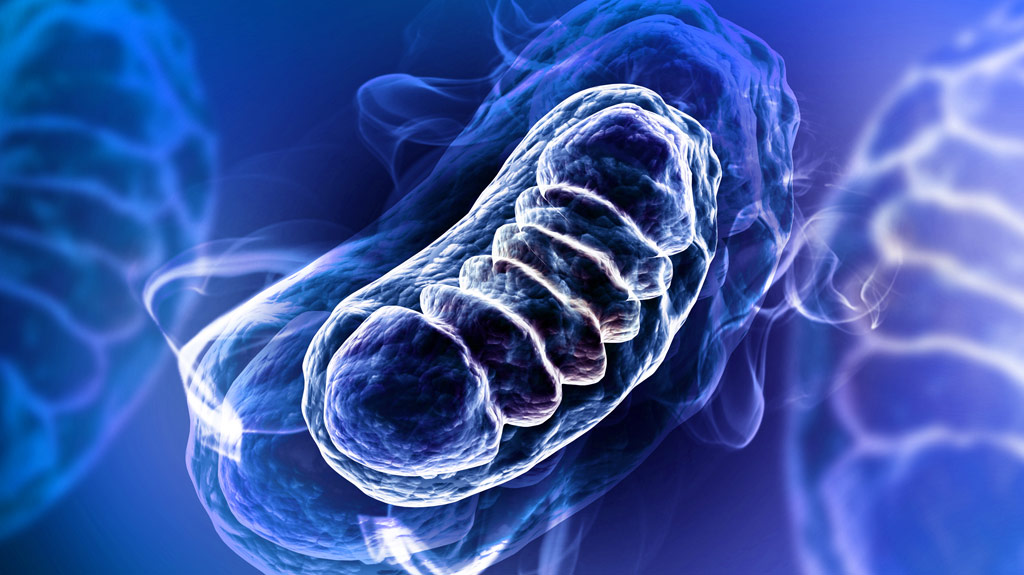
Inheriting Mitochondrial Mutations
At birth, a child can inherit mutations of the mitochondria from his or her mother. Some women are genetically predisposed to pass on these mutations, giving rise to potentially fatal disorders that affect organs with high energy demand, like the heart and brain.
A new gene therapy technique offers treatment for this problematic inheritance using mitochondrial replacement therapy. The technique, approved for clinical trials in the UK, was pioneered by Oregon Health and Science University’s Shoukhrat Mitalipov. During the procedure, the mother’s egg cell nucleus is transplanted into a donor egg cell where healthy mitochondria are embedded.
However, the smallest amount of mutant mitochondrial DNA (mtDNA) can still be inherited by embryos during pregnancy. In a study published in Nature, researchers from OHSU suggest that, to successfully conduct mitochondrial replacement therapy, the egg cell donor’s mtDNA must be compatible with the mother’s own mitochondria.
Studies were conducted on families with children with mitochondria-linked disorders, and donor egg cells free from mitochondrial mutations. After the transplant of maternal cell nuclei into the donor cells, cultured embryonic cells turned back into the mutant versions.
The researchers attributed this malfunction to a portion of the mtDNA known as the displacement loop, which initiates replication of the entire genetic sequence. They propose this can be avoided by closely matching the maternal cells with the donor cells using a criteria based on the genetic structure of the mitochondria.
Protection from Disease
Mitochondrial mutations give rise to many dangerous disorders, usually seen from childhood, including the neurological disorder Leigh Syndrome, and the debilitating condition MELAS. The prevalence of mitochondrial disorders worldwide is at an estimate of 11.5 to every 100 thousand individuals.
Preventing disease using mitochondrial replacement therapy has caused some controversy over the prospect of babies with three genetic parents. While several studies on these techniques are still ongoing, scientists are limited by the technology available to peer into the sublevel of our genetic makeup. What’s sure is that scientists are continually discovering new ways to protect us from disease.